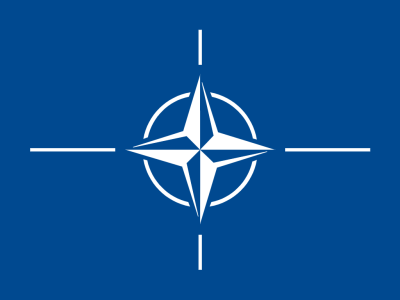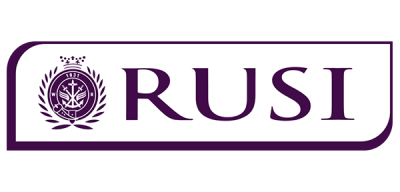DAY ONE | TUESDAY 24 FEBRUARY 2026
7:00 - 8:20
REGISTRATION & REFRESHMENTS
8:20 - 8:25
DEFENCE iQ WELCOME
8:25 - 8:35
CHAIRMAN’S OPENING REMARKS
Major General (Rtd) James Illingworth OBE -
Former Director Land Warfare & Former Deputy Commander Joint Helicopter Command,
IMH Conference Chairman

Major General (Rtd) James Illingworth OBE
Former Director Land Warfare & Former Deputy Commander Joint Helicopter CommandIMH Conference Chairman

ROTARY POWER IN ALLIANCE: THE ROLE OF HELICOPTERS IN THE MODERN OPERATING ENVIRONMENT
8:30 - 9:00
KEYNOTE: ROTARY POWER IN ALLIANCE: ADVANCING NATO INTEROPERABILITY, READINESS, AND MARITIME REACH
Admiral Sir Keith Blount KCB OBE -
Deputy Supreme Allied Commander (DSACEUR) Europe,
NATO-ACO-SHAPE
- Enhancing multinational interoperability across NATO rotary assets to maximise mission effectivenes
- Reinforcing NATO joint force readiness by supporting scalable options from deterrence forward presence to high-intensity conflict and rapid humanitarian assistance
- Expanding the indispensable role of rotary aviation in advancing NATO’s integrated maritime posture and expeditionary flexibility

Admiral Sir Keith Blount KCB OBE
Deputy Supreme Allied Commander (DSACEUR) EuropeNATO-ACO-SHAPE

9:00 - 9:30
RESERVED FOR FOUR STAR LEAD PARTNER
9:30 - 10:00
CURRENT AND FUTURE ROLE OF ROTARY AIR POWER
Dr. Jack Watling *subject to final confirmation -
Senior Research Fellow, Land Warfare,
RUSI
- Understanding the current context of rotary wing operations in light of recent conflict
- Crewed or uncrewed? Explore the future role of crewed helicopter platforms with the recent proliferation of drones in modern warfare
- Developing future rotary requirements to meet evolving threats
10:00 - 10:30
INDUSTRY INSIGHTS FROM AIRBUS
10:30 - 11:00
MORNING COFFEE AND NETWORKING BREAK
ACCELERATING NEXT GENERATION ROTORCRAFT: UPDATES ON CURRENT PROGRAMMES
11:00 - 11:30
FLRAA: FROM DEVELOPMENT TO DEPLOYMENT
Colonel Jeffrey Poquette -
Program Manager, Future Long Range Assault Aircraft,
US Army
- Prioritising speed, endurance, and reliability
- Shifting the timeline to accelerate development
- Operational advantage from doubling the range of the existing fleet
11:30 - 12:00
PANEL DISCUSSION: ACCELERATING FLRAA
- What are the critical enablers driving momentum in the FLRAA programme? What needs to happen to deliver FLRAA on time, on budget, and mission ready?
- What are the potential roadblocks that both US Army and industry see in delivering FLRAA and an accelerated pace, and what are the proposed solutions?
- How will FLRAA align with Army requirements for speed, range, and capability alongside operational needs?
- What do Bell and Rolls Royce view as priority one for meeting the demands of the US Army, and how will this impact future platform development?
12:10 - 12:40
ENTERING A NEW PHASE FOR NGRC
Cyril Heckel -
Program and Next Generation Rotorcraft Capability Manager,
NATO Support and Procurement Agency (NSPA)
- Understanding the NGRC targets for 2026 following the conclusion of Study 5
- Early results from NGRC working groups who are defining key requirements ahead of the RFP
- Outline of the new procurement model for NSPA

Cyril Heckel
Program and Next Generation Rotorcraft Capability ManagerNATO Support and Procurement Agency (NSPA)

12:40 - 13:10
INDUSTRY INSIGHTS FROM SIKORSKY
13:10 - 14:10
LUNCH AND NETWORKING BREAK
DELIVERING CAPABILITIES FOR THE CURRENT AND FUTURE OPERATING ENVIRONMENT
14:10 - 15:00
IINDUSTRY LEADERS PANEL DISCUSSION: DELIVERING ENHANCED ROTARY CAPABILITIES FOR TODAY’S AND TOMORROW’S MISSION
- How can current technology maturation and modernisation of capabilities like Air Launched Effects benefit operators of existing fleets?
- How can industry help integrate new capabilities to meet new threats and adapt at pace?
- How fast can industry react to managing platform obsolescence in today’s economic climate?
- What is the industry perspective on prioritising modularity to allow collaboration with multiple assets during operation?
- What are the foreseen challenges of operating in an increasingly multi-domain environment, and how do industry suggest solving these challenges?
15:00 - 15:30
UPDATE ON UNCREWED SYSTEM INITIATIVES, AND THEIR IMPACT ON THE ROYAL NAVY’S MARITIME AVIATION TRANSFORMATION PLAN
Commodore Steve Bolton -
Deputy Director Aviation Programmes and Futures,
Royal Navy
- Update on the Proteus Technology Demonstrator
- Developments in other uncrewed systems to support Royal Navy operations and enhance capabilities
- Impact on the Future Maritime Aviation Force
15:30 - 16:00
RESERVED FOR INDUSTRY INSIGHTS FROM LEONARDO
16:00 - 16:30
BOLSTERING ASW CAPABILITIES OF THE NAVAL AIR COMMAND
Rear Admiral Cho Young-sang -
Commander, ROKN Naval Air Command,
Republic of Korea Navy
- Enhancing the Navy’s ability to detect and counter submarine threats from adversaries with the introduction of the MH-60R Seahawks
- Importance of longer flight endurance for anti-submarine and anti-surface warfare operations
- Interoperability between new and existing fleets to support maritime patrol operations
16:30 - 17:00
AFTERNOON TEA BREAK, & VIP EXHIBITION TOURS
MODERNISING ROTARY FLEETS TO MAXIMISE PERFORMANCE AND SURVIVABILITY
17:00 - 17:30
MAINTAINING DOMINANCE IN FUTURE MULTI-DOMAIN OPERATIONS
Brigadier General Cain Baker -
Director, Future Vertical Lift Cross Functional Team,
US Army
- Adopting MOSA for more rapid upgrades and ensuring adaptability to future needs
- Enhancing joint force capabilities
- Integrating advanced sensors, weapons, and data sharing networks
17:30 - 18:00
CAPABILITY MODERNISATION FOR CURRENT AIRCRAFT
Ryan Scoble -
Director, Business Development, Army Rotary Wing Programs and MOSA Modernization,
Collins Aerospace
- Using Obsolescence for Modernisation
- Establishing a hardware and software building block approach to architectures
- Creating an early foundation for future growth

Ryan Scoble
Director, Business Development, Army Rotary Wing Programs and MOSA ModernizationCollins Aerospace

18:00 - 18:30
ENHANCING MANOEUVRE AND ASSAULT OPERATIONS WITH A MODERNISED FLEET
Brigadier General David Cruzille -
Commanding General,
French Army Aviation
- Integrating next-generation weapons to enhance lethality of the Tiger MK III fleet
- Increasing survivability
- Future efforts to integrate uncrewed capabilities















